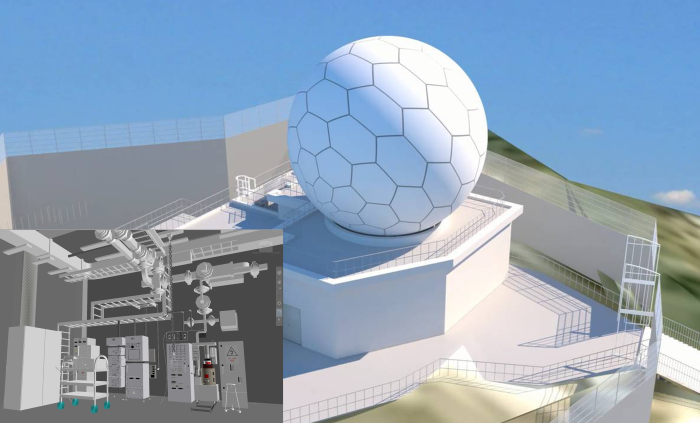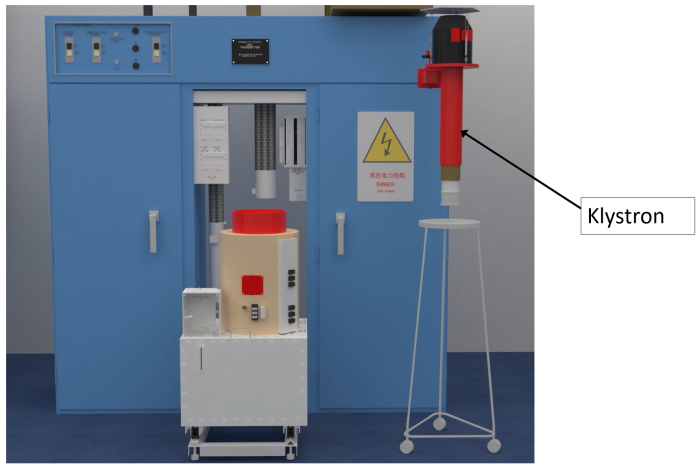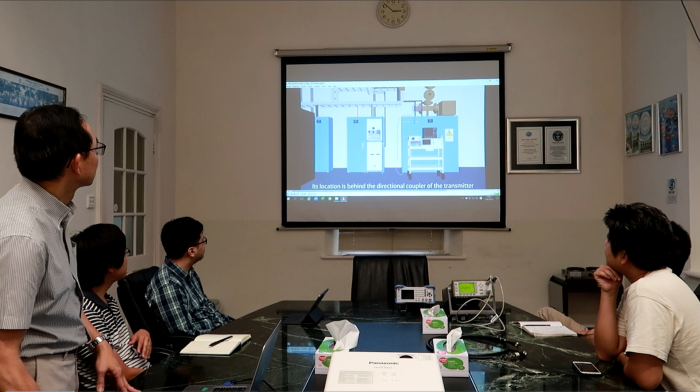Use of Building Information Modelling to help maintain Weather Radar
Use of Building Information Modelling to help maintain Weather Radar
TSE Shuk-mei
December 2019
What is Building Information Modelling?
Building Information Modelling (BIM) is a technology for managing the digital representation of physical and functional objects through the use of 3-D model and a database. It is being promoted in the construction industry in Hong Kong as it can bring benefits during various construction stages such as optimising planning and improving coordination [1]. BIM comprises different families of construction components, e.g. door and window, and each component contains certain properties such as material and size etc. The BIM component properties are stored in a database. Using these components, you can then assemble an object virtually. Moreover, the components of one BIM project can be reused in another project.
How can BIM help with the maintenance of weather radar?
The Hong Kong Observation (HKO) has recently completed a pilot project using BIM to support knowledge transfer. A 3-D model using BIM was developed for the Tate’s Cairn Weather Radar (TCWR) Station (Figure 1). The model allows 3-D visualisation of various radar system components including the embedded ones and those installed inside system enclosures. Animations showing details of radar maintenance procedures have also been developed. For example, one of the critical radar components named Klystron is replaced around once a year (Figure 2). Maintenance staff usually acquires the knowledge and skill for replacing Klystron through on-the-job training. This can only be achieved around once a year as Klystron is embedded inside a container and maintenance staff cannot see the Klystron during normal radar operation. With the use of BIM, simulation can be developed to enable maintenance staff to understand the whole process of replacing Klystron (Figure 3). Making use of the simulations developed from BIM, trainers can share their valuable operational experience to fresh maintenance staff through a virtual environment without the necessity of going to the radar station and interrupting radar operation. This provides a more effective way for knowledge transfer and sharing.

Figure 1 The BIM model of Tate’s Cairn Weather Radar Station. Figure inset showing the equipment room setting inside the station.

Figure 2 Simulation of Klystron replacement procedures.

Figure 3 Technical staff of HKO attending in-house training on radar maintenance. procedures.